INVITED SPEAKERS
-
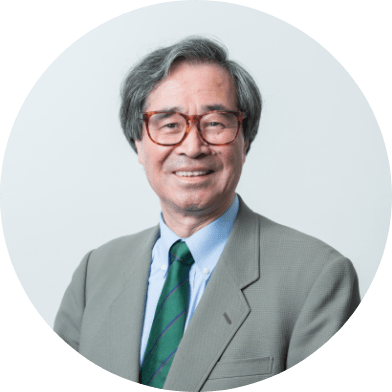
Masakazu Aono
National Institute for
Materials ScienceExecutive Advisor (Founding Director)
International Center for Materials Nanoarchitectonics (MANA)
National Institute for Materials Science (NIMS)
Tsukuba Science City, Japan
1972
PhD (University of Tokyo)
1972
National Institute for Research in Inorganic Materials (NIRIM); Start of surface science research (mainly on LaB6).
1978-80
IBM Watson Research Center (Visiting Researcher) & Wisconsin Univ. (Visiting Professor); Surface science by angle-resolved photoemission using synchrotron radiation.
1986
RIKEN Institute; Construction and Operation of Surface & Interface Laboratory [Mainly surface science by low energy ion scattering spectroscopy.]
2002
National Institute for Materials Science (NIMS); Director, Nanomaterials Laboratory
2007
Founding of WPI Center for Materials Nanoarchitectonics (MANA) ; Invention and development of Atomic Switch.
2017
Distinguished Chair Professor, Department of Materials Science and Engineering, National Taiwan University (NTU), Taipei, Taiwan
2017
Executive Advisor of MANA. -
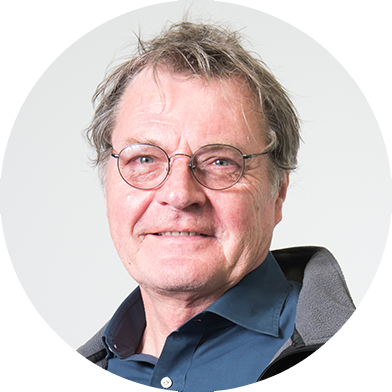
James K. Gimzewski
University of California,
Los AngelesJames K. Gimzewski FREng, FRS is a distinguished professor in the Department of Chemistry. He founded the Nano/Pico Characterization at the UCLA California NanoSystems Institute (CNSI) and is also the Scientific Director of the UCLA Art|Sci center. He developed unconventional atomic switch networks for performing in-materio neuromorphics and unconventional computing using new nonlinear network dynamics, including emergent behavior and self-organized criticality like that found in the brain. In collaboration with National Institute of Materials Science, (NIMS) in Tsukuba, Japan, he served as P.I. and Satellite Co-Director of the WPI Materials Nanoarchitectonics (MANA) Program for 10 years. He has involved himself in projects where nanoscale properties can be used in interesting ways ranging from the creation of X-rays, ions and nuclear fusion, reactions, carbon nanotubes, graphene and nanodiamonds as well as of nanomedical research into actin binding, DNA, exosomes and cell mechanics with the UCLA medical school. Gimzewski is a fellow of the Royal Academy of Engineering and the Royal Society (London)
Prior to joining the UCLA faculty in 2001, he was a group leader at IBM's corporate research laboratory in Switzerland for 19 years. Dr. Gimzewski pioneered research on single atoms and molecules using scanning tunneling microscopy (STM) and was one of the first persons to image and reposition molecules with STM. This work was continued in a DOE project to develop methods for atomically precise manufacturing, APM, in the application of nanotechnology to practically realize atomically defined structures on an atom-by atom basis in three-dimensions using radical atoms.
Currently, his research has just extended to extraction of energy from vacuum fluctuations to validate and optimize forces predicted from interaction vacuum fluctuations with asymmetric potentials in semiconductor micromechanical structures together with UnLab and Technion Israel Institute of Technology through a Limitless Space Institute strategic grant. Other collaborations include Kyushu Institute of Technology, Research Center for Neuromorphic AI Hardware and the Physics Department, University of Sydney on neuromorphic systems.
Gimzewski has received honorary doctorates from University of the Mediterranean Aix-Marseille II, Marseille, PhD h.c., and the University of Strathclyde, Glasgow, DSc h.c., where he held the Carnegie Cententary Professorship from the Physics Department, University of Strathclyde, Glasgow and was visiting professor at the University of the Mediterranean Aix-Marseille II, Marseille as well as the Benjamin Meaker Visiting Professor, Department of Physics, Bristol University. In addition, he served as Senior Fellow in Resident, Institut Méditerranéen de Recherches Avancées (IMéRA), Marseille. He received the 2001 Institute of Physics, Dudell Medal and Prize for contributions to Nanoscale science, the 1998 ‘Wired 25’ Award, Wired magazine, and the 1997 Feynman Prize in Nanotechnology.
His philosophy of science is that everything and anything is possible and that intuition, curiosity drives creativity and invention and that we can save the human population from potential devastation by climate change using limitless energy technologies. -
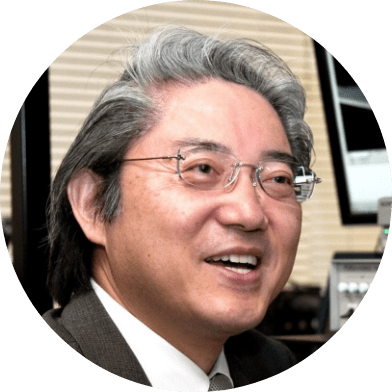
Yoshinobu Baba
Nagoya University
PhD, Fellow of Royal Society of Chemistry
Chair and Professor, Department of Biomolecular Engineering, Graduate School of Engineering, Nagoya University
Professor, Department of Advanced Medical Science, Graduate School of Medicine, Nagoya University
Director, Institute of Quantum Life Science, National Institutes for Quantum Science and Technology
Research Supervisor, JST (Japan Science Technology Agency) CREST Project
Dr. Yoshinobu Baba received PhD degree in 1986 from Kyushu University. After Assistant Professor at Oita University and Associate Professor at Kobe Pharmaceutical University, he was promoted to the full professor at The University of Tokushima in 1997. He was moved to Nagoya University in 2004. He is now a Chair and Professor of Department of Biomolecular Engineering, Graduate School of Engineering and Professor of Department of Advanced Medical Science, School of Medicine, Nagoya University. He is also a Director General of Institute for Quantum Life Science, a Director General of Quantum Life Science Research Hub, National Institutes for Quantum Science and Technology (QST), a Program Director of JST CREST “Extracellular fine particles” Project, a Project Leader of MEXT Quantum Leap Flagship Program (MEXT Q-LEAP) on Quantum Life Science, a Director of Next-Generation Biomaterials Hub for MEXT Advanced Research Infrastructure for Materials Nanotechnology (MEXT ARIM), and International Scientific Board for ONCOLille, l’Institut de recherches interdisciplinaires en cancérologie de Lille, France. He is a co-initiator for the world largest Nanotech International Meeting and the world largest Microfluidics International Meeting (MicroTAS). He is a general chair of numerous international meetings (microTAS, MSB, nanotech, ISMM and others). He is an Associate Editor of Anal. Chem. of ACS and serving to over 10 scientific journals as an editorial/advisory board member. He has been admitted as a Fellow of the Royal Society of Chemistry and received over 100 awards, prizes, and Medal for his contributions in nanobioscience and quantum life science: MERCK Award in 2004, The CSJ (Chemical Society of Japan) award for creative work in 2008, The Japan Society for Analytical Chemistry Award in 2015, The Commendation for Science and Technology by the Minister of Education, Culture, Sports, Science and Technology, Prizes for Science and Technology in 2016, The CSJ (Chemical Society of Japan) award in 2021, Society for Chemistry and Micro-Nano Systems Award in 2021, and Medal with Purple Ribbon in 2021. Dr. Baba’s research studies are directed at the development of nanobiodevices for omics, systems biology, medical diagnosis, tissue engineering, and molecular imaging. He is the author or co-author of 2,353 publications, including research papers, proceedings, reviews, and books and is also an inventor of over 129 patents. He has delivered more than 1,024 plenary and invited lectures at conferences. His work has been cited on 510 occasions by newspapers and television. -
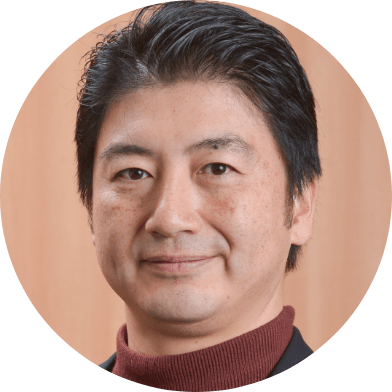
Hirofumi Tanaka
Kyushu Institute of Technology
Director, Research Center for Neuromorphic AI Hardware, (concurrent: Professor, Department of Human Intelligence Systems, Graduate School of Life Science and Systems Engineering,) Kyushu Institute of Technology, Japan.
Prof. Tanaka completed his doctorate in materials science by studying the structural and magnetic properties of ferromagnetic nanoalloys at Osaka University in 1999. Then, moved to a national laboratory, RIKEN, to study the conductivity of metallic nanowires with double-probe scanning tunneling microscopy as a special postdoctoral researcher. After that, he advanced the molecular-ruler method in which precise multilayers of self-assembled molecular monolayers are used as lithographic resists to yield nanostructures with precise nanometer-scale spacings as a postdoctoral researcher at the Pennsylvania State University under Prof. Paul Weiss (presently UCLA, former chief editor of ACS Nano). Prof. Tanaka then joined the Research Center for Molecular-Scale Nanoscience at the Institute for Molecular Science in 2003 as an assistant professor, where he directed research in molecular electronics using carbon nanotube electrodes. He found that gold nanoparticles can switch from metallic conduction of SWNTs to semiconducting simply by nanoparticle adsorption. He has also focused on the development of atomic switches, exploring the ultimate miniaturization of electrical switches, and controlled by photo irradiation 2004-2008 in a key technology project of the Ministry of Education, Culture, Sports, Science, and Technology (MEXT) and receive an excellent journal award from Japan Society of Applied Physics in 2012. He moved to the Department of Human Intelligence Systems, Graduate School of Life Science and Systems Engineering, Kyushu Institute of Technology (Kyutech) as a full professor in 2014 and is focusing on bio-mimic and/or neuromorphic AI electric nanodevices such as material reservoir devices. He concurrently became a director of the Research Center for Neuromorphic AI Hardware, Kyutech in 2020. He awarded an honorary degree from Suranaree University of Technology, Thailand in 2021. His broad knowledge of materials, from metals and inorganic materials to organic materials, and techniques for measurement and fabrication helped lead efforts in molecular electronics and in combining nanocarbon and nanoparticles to realize a new world of materials intelligence in nanosystems.
Hobbies:
Traveling abroad, and visiting historical places to know the local history. -
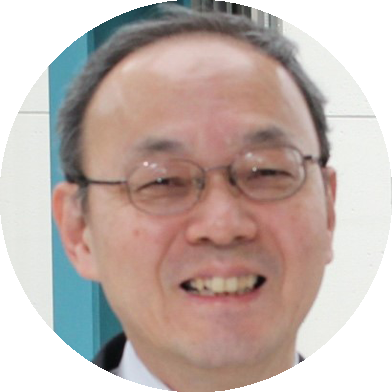
Junichi Motohisa
Hokkaido University
Junichi Motohisa received the B.S., M.S., and Ph.D. degrees from the University of Tokyo, Tokyo, Japan, in 1986, 1988, and 1993, respectively. He became a Lecturer in the Research Center for Interface Quantum Electronics (currently, Research Center for Integrated Quantum Electronics), Hokkaido University, Sapporo, Japan, in 1993, and an Associate Professor in 1994. Since 2008, he has been a Professor at the Graduate School of Information Science and Technology, Hokkaido University. His current research interests include the formation of compound semiconductor nanostructures utilizing metal-organic vapor phase epitaxial growth and molecular beam epitaxy, and their characterization and application to electronic and photonic devices.
-

David R. Bowler
University College London
David Bowler is Professor of Physics at UCL, and a PI in both the London Centre for Nanotechnology and the World Premier Research Institute for Materials Nanoarchitectonics (MANA) in the National Institute for Materials Science (NIMS), Japan. He obtained his Ph.D. degree from Oxford University in 1997. Alongside Tsuyoshi Miyazaki, he co-leads the development and maintenance of the massively-parallel linear scaling density functional theory code, CONQUEST, and collaborates extensively with experimental groups on the growth and properties of nanostructures on semiconductor surfaces.
-
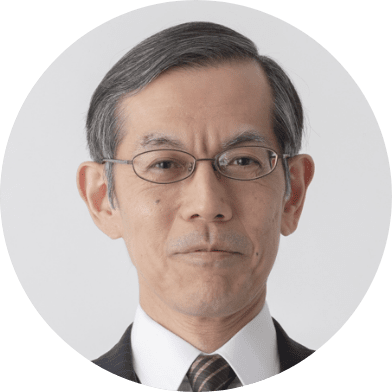
Satoshi Watanabe
The University of Tokyo
Satoshi Watanabe received his Ph.D. degree in Physics from The University of Tokyo in 1989. He worked on the Aono Atomcraft Project at the Research Development Corporation of Japan (now Japan Science and Technology Agency) from 1989 to 1994 and at the Advanced Research Laboratory, Hitachi Ltd. from 1994 to 1997. Afterwards, he joined The University of Tokyo in 1997 as an associate professor of Department of Materials Engineering and became a professor in 2004. He is now also a special advisor to the president and a Deputy Director of the Division for Global Campus Initiatives, The University of Tokyo. His research fields are computational materials physics, electronic structure calculations, nanoscale transport, nanomaterial properties, and materials informatics. Among others, he served as the editor-in-chief of e-Journal of Surface Science and Nanotechnology from 2009 to 2018, and has been a member of International Organizing Committee of Asian Workshop on First-Principles Electronic Structure Calculations since 2011. He is also a vice president of the Japanese Society of Vacuum and Surface Science from 2022.
-
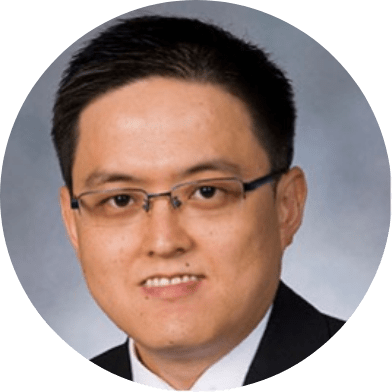
Jun Lou
Rice University
Jun Lou is a professor and the associate chair of the Department of Materials Science and NanoEngineering at Rice University, and directs the Nanomaterials, Nanomechanics and Nanodevices Lab (N3L). He has extensive experience in the synthesis and design of 2D materials beyond Graphene and other nanomaterials; nanomechanical and multi-physics characterization, and fabrication of advanced material systems and devices. He has published more than 300 peer-reviewed papers, including ones published in high impact journals such as Nature, Science, Nature Materials, Nature Nanotechnology, etc., with more than 43,000 google scholar citations and a h-index of 96. He has been a Clarivate Highly Cited Researcher since 2018. Lou is a recipient of the AFOSR Young Investigator Award, the Brimacombe Medal from TMS, the Charles Duncan Award for Outstanding Academic Achievement and the Research Plus Teaching Excellence Award from Rice. He is a fellow of the Royal Society of Chemistry (FRSC). He is the Editor-in-Chief of Materials Today, the Elsevier flagship journal covering original research and reviews in the broader materials science community. He currently serves as the site director for the NSF industry university collaborative research center (IUCRC) of Atomically Thin Multifunctional Coatings (ATOMIC), exploring potential applications of 2D materials in different industries with commercial partners.
-
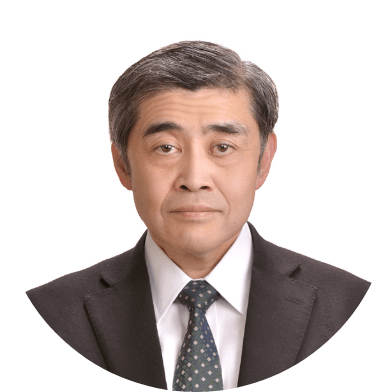
Yoshiyuki Sugahara
Waseda University
I have been involved in preparation of inorganic-organic hybrid materials as well as inorganic materials by seamless use of inorganic and organic chemistry. My recent research activities can be divided into the following categories.
1. Preparation of inorganic-organic hybrid materials via surface modification of inorganic nanomaterials.
Inorganic-organic hybrid materials have been prepared using inorganic nanomaterials, typically transition metal oxide nanoparticles and nanosheets. Organic groups are immobilized on the surfaces of inorganic nanomaterials via surface modification with various coupling agents, including phosphorous compounds, such as organophosphonic acids and esters of phosphoric acid, and alcohols. In particular, surface modification using biphasic systems in both bulk and micro scales has been developed. Grafting of polymer chains has also been achieved via atom transfer radical polymerization (ATRP) using organophosphorous compounds bearing ATRP initiator groups. They have been employed as nanofillers for polymer-based hybrids and properties of resulting polymer-based hybrids including optical and mechanical ones have been evaluated. Regioselective surface modification of nanosheets, on the other hand, can provide Janus nanosheets bearing two properties located separately on two surfaces of individual nanosheets. They can be utilized as a two-dimensional surfactant and a dual functional material.
2. Preparation of inorganic-organic hybrid materials via chemical routes
Hybrid materials have been prepared via several chemical routes. One route utilizes Intercalation reactions, insertion of ions and molecules in the interlayer space of layered compounds, to provide two-dimensional hybrid materials. Intercalation chemistry of some layered compounds, such as kaolinite, has been developed. Intercalative grafting reactions have also been developed. Another route involves a sol-gel process, which typically utilizes organophosphorous compounds and metal compounds, for preparing inorganic-organic hybrid materials with functions, including Li-ion conductivity.
3. Preparation of inorganic materials from chemically prepared precursors
Non-oxide ceramic materials have been prepared from inorganic polymers as precursors via pyrolysis, and high temperature-high pressure processes for high-pressure phases of nitrides, which can be used as hard materials, have mainly been developed. In addition, superparamagnetic magnetite nanoparticles have been prepared from precursors containing tetrachloroferrate anions via pyrolysis. Porous carbon materials have also been prepared from precursors including metal organic frameworks via pyrolysis. Their electrochemical properties have been evaluated for their possible applications. -

Michael Dickey
North Carolina State University
Michael Dickey received a BS in Chemical Engineering from Georgia Institute of Technology (1999) and a PhD from the University of Texas (2006) under the guidance of Professor Grant Willson. From 2006-2008 he was a post-doctoral fellow in the lab of Professor George Whitesides at Harvard University. He is currently the Camille and Henry Dreyfus Professor in the Department of Chemical & Biomolecular Engineering at NC State University. He completed a sabbatical at Microsoft in 2016. Michael’s research interests include soft matter (liquid metals, gels, polymers) for soft and stretchable devices (electronics, energy harvesters, textiles, and soft robotics).
-
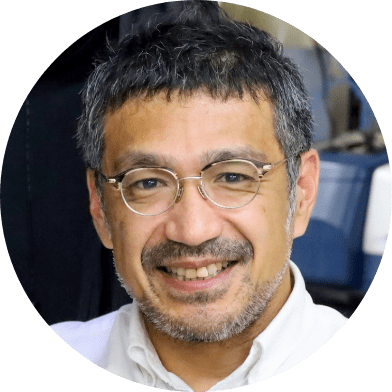
Akira Kakugo
Hokkaido University
Dr. Akira Kakugo is an Associate Professor at the Department of Chemistry of Hokkaido University. He obtained his bachelor’s degree in Fisheries Science and master’s degree in Polymer Science from Hokkaido University in 1998 and 2000, respectively. Later he obtained his Doctor of Science from the Hokkaido University in 2003. His latest research interests revolve around active matters. Particularly he is highly motivated in studying swarming of active matters, responsiveness of active matters and swarms to various stimuli, which are the key to unravel the underlying mechanism behind the group behavior of living organisms. His research interests also include fabrication of molecular robots and artificial muscles from active matters.
-

Yury V. Kolen’ko
International Iberian
Nanotechnology LaboratoryYury V. Kolen’ko is a Group Leader at the International Iberian Nanotechnology Laboratory, located in Braga (Portugal). He leads dynamic and interdisciplinary Nanochemistry Research Group, focusing on two complementary research lines: Sustainable Solutions and Energy Materials & Catalysis. The goal of the former is to discover or augment the current, emerging, and future sustainable solutions in the field of water treatment, air purification, smart cities, security, raw materials, and manufacturing of added-value goods. The latter focuses on the development of advanced thermoelectric, photovoltaic, catalytic, and magnetic nanomaterials to improve the material efficiency while reducing the dependence of the renewable energy sector on critical raw materials.
Yury has authored more than 110 scientific articles and 5 patent applications, along with 3 book chapters. He has also participated in over 20 invited lectures at leading institutes, universities and international conferences. Yury has coordinated several high risk, high impact Portuguese and European projects, including H2020 FET OPEN SpinCat project. His ORCID is 0000-0001-7493-1762. -
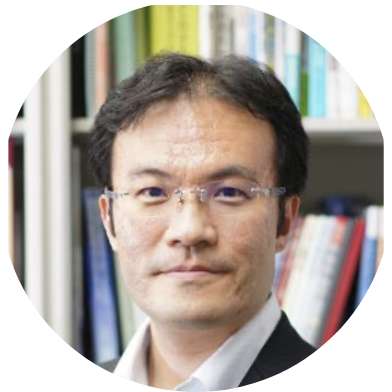
Masahiro Nomura
The University of Tokyo
Masahiro Nomura is a Professor in Institute of Industrial Science, The University of Tokyo. He received Ph.D. degree in Applied Physics in 2005 from The University of Tokyo. He serves as the director of LIMMS/CNRS-IIS University of Tokyo. His current research interests include hybrid quantum science, physics and controlling technology of phonon/heat transport in semiconductor nanostructures, and energy harvesting by thermoelectrics. The concept of his current research is “from photonics to phononics” using phononic crystals, which have some physical analogy with photonic crystals. He received 15 awards including The 6th JSPS Prize, and he published 130 refereed journal articles, over 500 conference presentations including over 110 invited talks.
-

Christian Joachim
CNRS
C. Joachim is Director of Research at the Nanoscience group at Pico-Lab in CEMES/CNRS (www.cemes.fr/GNS/) and adjunct Professor of Quantum Physics at ISAE Toulouse. He was A*STAR VIP Atom Tech in Singapore (2005-2014) and is the head of the WPI MANA-NIMS satellite in Toulouse since 2008. He coordinated the Integrated European projects "Bottom-up Nanomachines", “Pico-Inside” and then “AtMol” (www.atmol.eu) (2011-2014) whose objective was to prepare the construct of the first ever molecular chip. He was PI of the European H2020 project MEMO (www.memo-project.eu) (2017-2022) and is actually PI of the Pathfinder European project ESiM (esim-project.eu) (2022-2026).
Author of more than 350 scientific publications (ISI-WOS h = 62), he had presented over 400 invited talks on electron transfer through a molecule, STM and Atomic Force Microscopy (AFM) image calculations, tunnel transport through a molecule, single molecule logic gate, atomic scale circuits, nanolithography, atomic scale electronics interconnects and single molecule-machines. His book: “Nanosciences, the invisible revolution” (Le Seuil (2008), World Scientific (2009)) is giving the history of Nanosciences and its political drawbacks to a general public. He was director of the International Nanocar Race I in 2017 and II in 2022. He is editor of the Springer-Nature Series “Advances in Atom and Single Molecule Machines” (www.springer.com/series/10425) with 14 volumes published since 2012.
He was awarded the IBM France Prize (1991), the Feynman Prize (1997), the CNRS Silver Medal in Chemistry (2001), the Feynman Prize (2005), a Guinness book entry (2011) for the smallest ever functioning nano-gear, 1.2 nm in diameter, a “Star of Europe” for the AtMol European Commission project (2015) and the Science Prize of the Occitanie French Academy (2018). In 2015, He was elected Academician of the Toulouse “Sciences & Belles Lettres” Academy (www.academie-sciences-lettres-toulouse.fr).
WPI-MANA/NIMS SPEAKERS
-
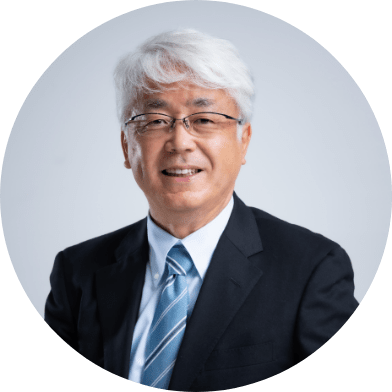
Kazuya Terabe
Interantional Center for Materials Nanoarchitectonics
Group Leader
Nanoionic Devices Group
Researcher Bio (NIMS SAMURAI Database) -

Wipakorn Jevasuwan
Interantional Center for Materials Nanoarchitectonics
Senior Researcher
Nanostructured Semiconducting Materials Group -
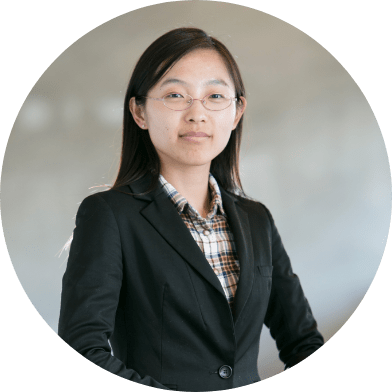
Liwen Sang
Interantional Center for Materials Nanoarchitectonics
Independent Scientist
-
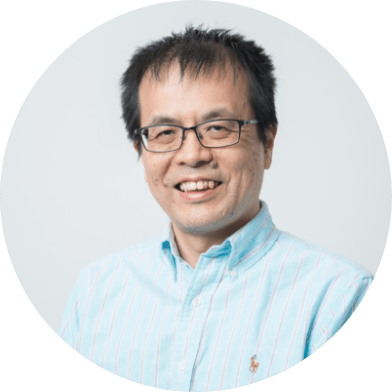
Masao Arai
Interantional Center for Materials Nanoarchitectonics
Group Leader
Computational Nanoscience Group -
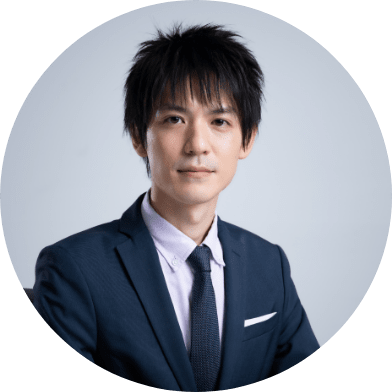
Ryo Tamura
Interantional Center for Materials Nanoarchitectonics
Principal Researcher
First-Principles Simulation Group -
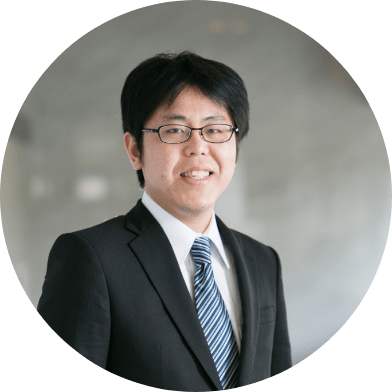
Takaaki Taniguchi
Interantional Center for Materials Nanoarchitectonics
Principal Researcher
Functional Nanomaterials Group -
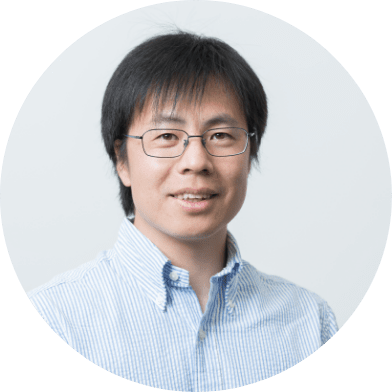
Dai-Ming Tang
Interantional Center for Materials Nanoarchitectonics
Senior Researcher
Functional Nanomaterials Group -
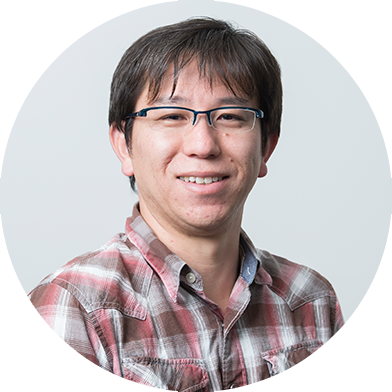
Takashi Nakanishi
Interantional Center for Materials Nanoarchitectonics
Group Leader
Frontier Molecules Group -
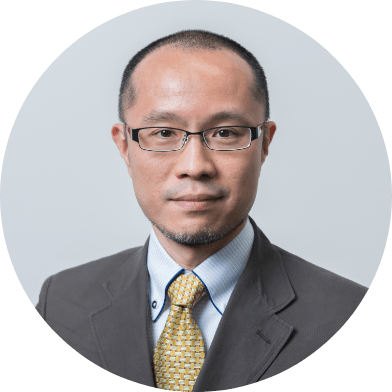
Jun Nakanishi
Research Center for Functional Materials
Group Leader
Mechanobiology Group -
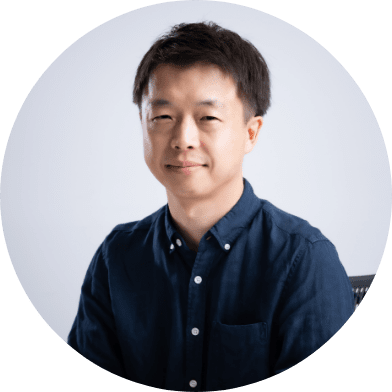
Akihiro Okamoto
Interantional Center for Materials Nanoarchitectonics
Group Leader
Electrochemical Nanobiotechnology Group -
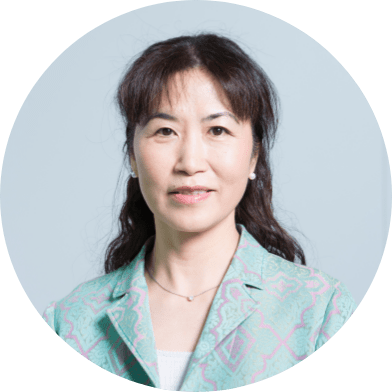
Jinhua Ye
Interantional Center for Materials Nanoarchitectonics
PI/Group Leader
Photocatalytic Materials Group -
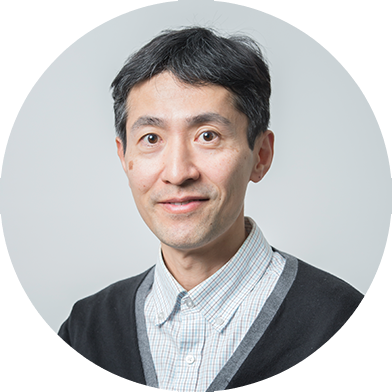
Naohito Tsujii
Interantional Center for Materials Nanoarchitectonics
Principal Researcher
Thermal Energy Materials Group
POSTER PRESENTERS
-
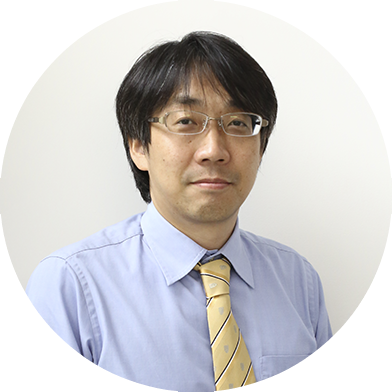
Isao Ohkubo
Interantional Center for Materials Nanoarchitectonics
Principal Researcher
Thermal Energy Materials Group -
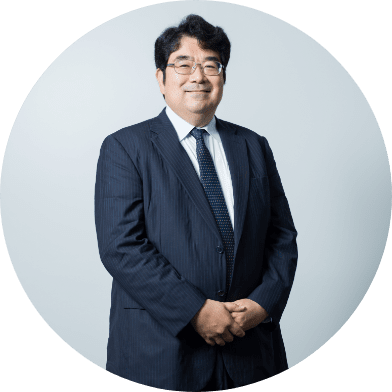
Takao Mori
Interantional Center for Materials Nanoarchitectonics
Deputy Director/PI/Group Leader
Thermal Energy Materials Group -
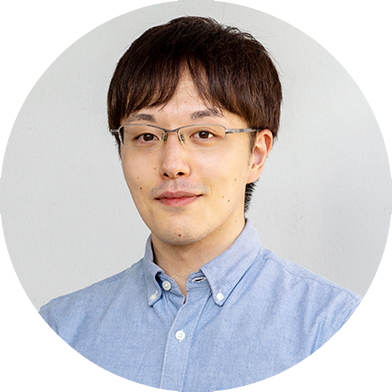
Naoki Sato
Interantional Center for Materials Nanoarchitectonics
Researcher
Thermal Energy Materials Group -
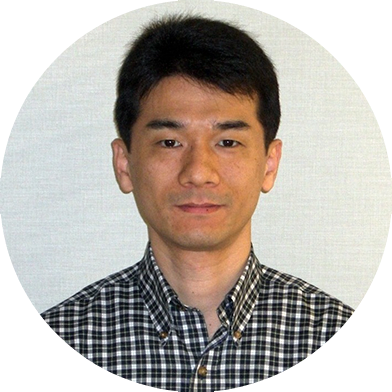
Nobuyuki Sakai
Interantional Center for Materials Nanoarchitectonics
Senior Researcher
Soft Chemistry Group -
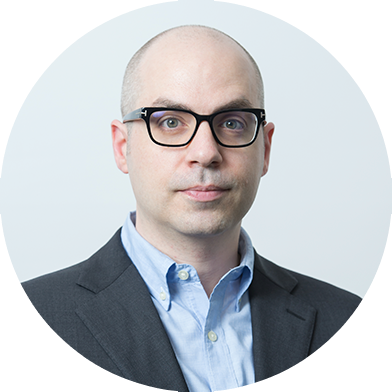
Joel Henzie
Interantional Center for Materials Nanoarchitectonics
Principal Researcher
Mesoscale Materials Chemistry Group -
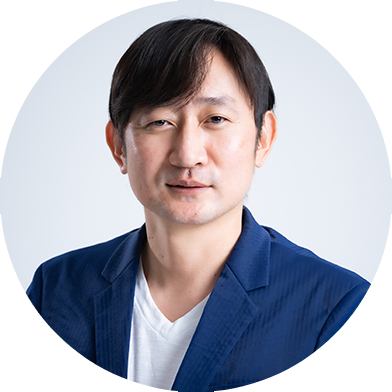
Yusuke Ide
Interantional Center for Materials Nanoarchitectonics
Principal Researcher
Mesoscale Materials Chemistry Group -
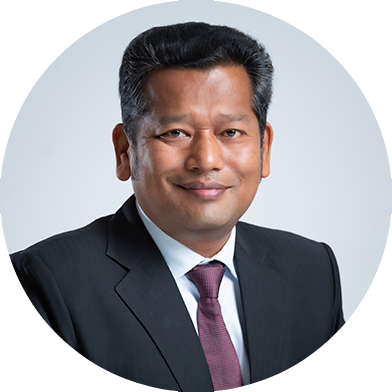
Lok Kumar Shrestha
Interantional Center for Materials Nanoarchitectonics
Principal Researcher
Supermolecules Group -
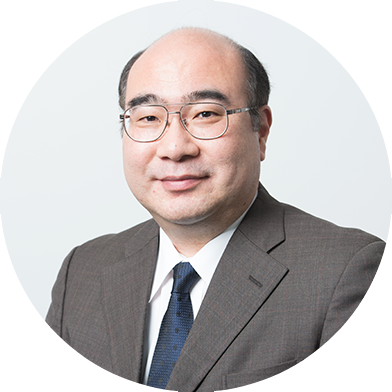
Mitsutake Oshikiri
Interantional Center for Materials Nanoarchitectonics
Principal Researcher
Photocatalytic Materials Group -
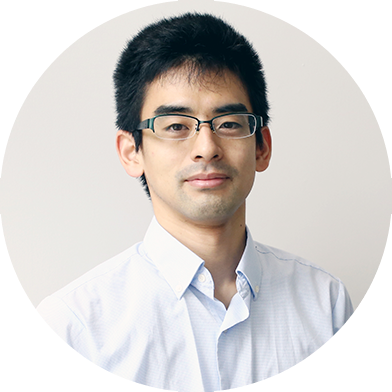
Ryo Matsumura
Interantional Center for Materials Nanoarchitectonics
Researcher
Nanostructured Semiconducting Materials Group -
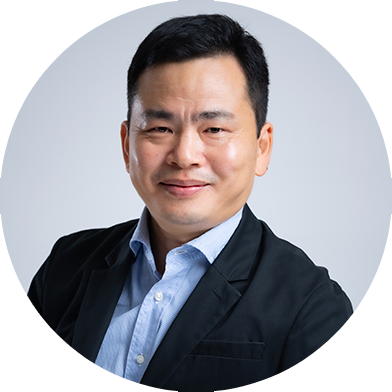
Renzhi Ma
Interantional Center for Materials Nanoarchitectonics
Associate PI / Group Leader
Functional Nanomaterials Group -
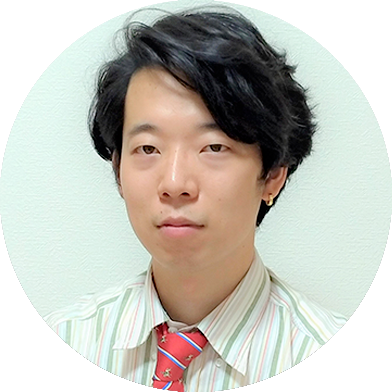
Akira Shinohara
Interantional Center for Materials Nanoarchitectonics
NIMS Postdoc Researcher
Frontier Molecules Group -
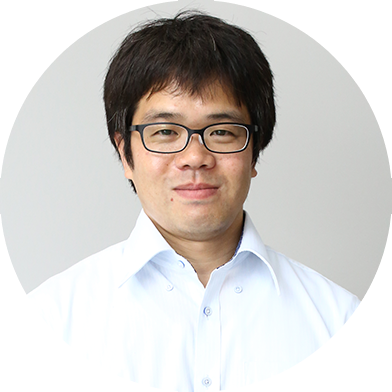
Shinsuke Ishihara
Interantional Center for Materials Nanoarchitectonics
Principal Researcher
Frontier Molecules Group -
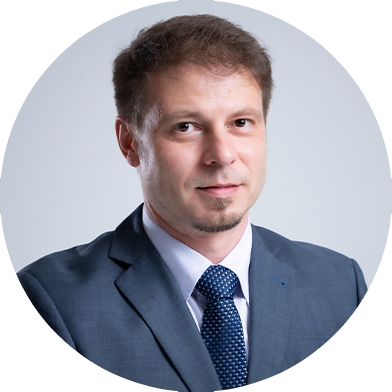
Jan Labuta
Interantional Center for Materials Nanoarchitectonics
Senior Researcher
Functional Chromophores Group -
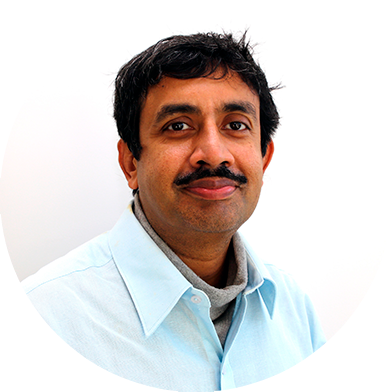
Anirban Bandyopadhyay
Interantional Center for Materials Nanoarchitectonics
Principal Researcher
Functional Chromophores Group -
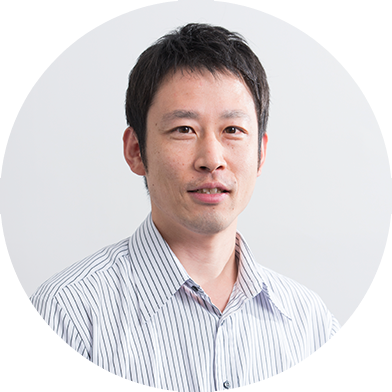
Naoto Shirahata
Interantional Center for Materials Nanoarchitectonics
Associate PI / Group Leader
Nanoparticle Group -
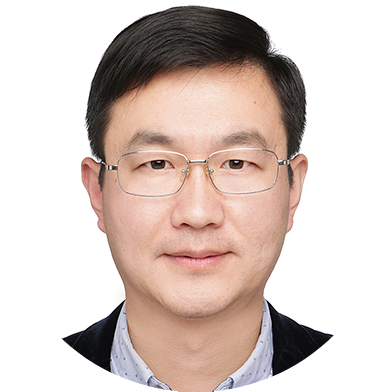
Hong-Tao Sun
Interantional Center for Materials Nanoarchitectonics
Principal Researcher
Nanoparticle Group -
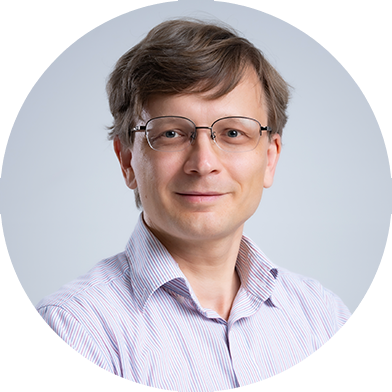
Alexei A. Belik
Interantional Center for Materials Nanoarchitectonics
Chief Researcher
Quantum solid state materials Group -
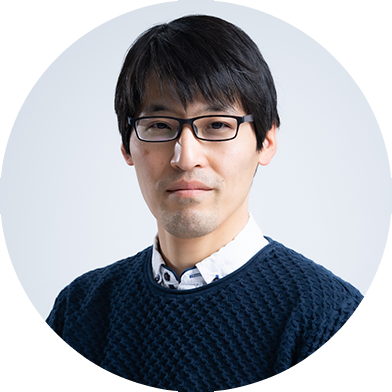
Yoshihiro Tsujimoto
Interantional Center for Materials Nanoarchitectonics
Principal Researcher
Quantum solid state materials Group -
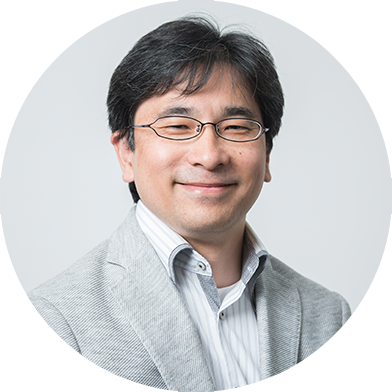
Tohru Tsuruoka
Interantional Center for Materials Nanoarchitectonics
Chief Researcher
Nanoionic Devices Group -
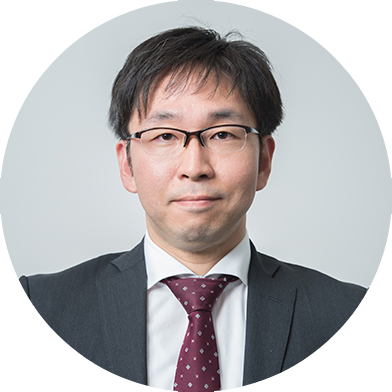
Takashi Tsuchiya
Interantional Center for Materials Nanoarchitectonics
Principal Researcher
Nanoionic Devices Group -
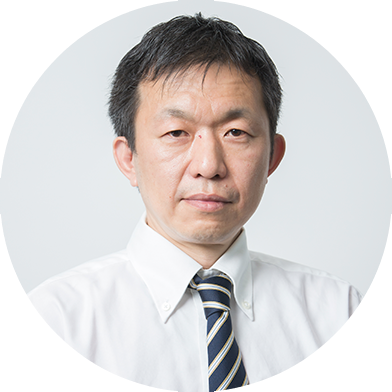
Seiichi Kato
Interantional Center for Materials Nanoarchitectonics
Senior Researcher
Thin Film Electronics Group -
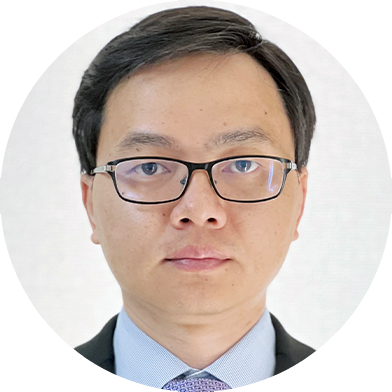
Shisheng Li
Interantional Center for Materials Nanoarchitectonics
Senior Researcher
Thin Film Electronics Group -
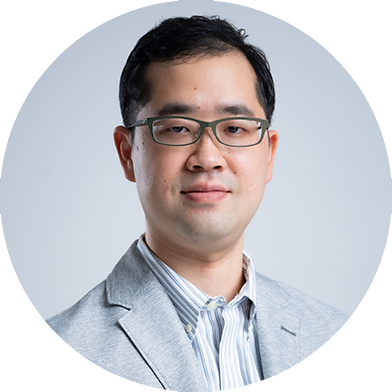
Toshikaze Kariyado
Interantional Center for Materials Nanoarchitectonics
Senior Researcher
Nano-System Theoretical Physics Group -
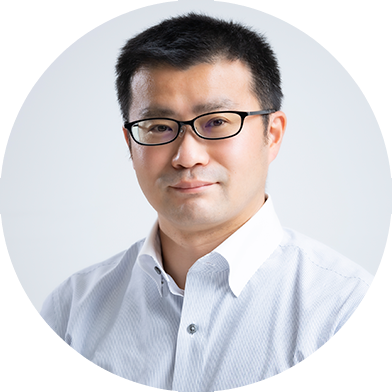
Kensei Terashima
Interantional Center for Materials Nanoarchitectonics
Senior Researcher
Nano Frontier Superconducting Materials Group -
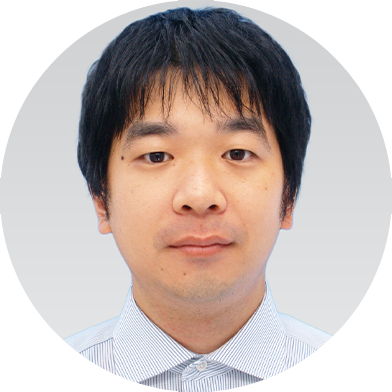
Ryo Matsumoto
Interantional Center for Materials Nanoarchitectonics
Researcher
Nano Frontier Superconducting Materials Group -
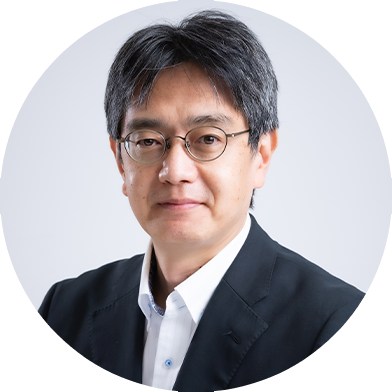
Tadaaki Nagao
Interantional Center for Materials Nanoarchitectonics
PI / Group Leader
Photonics Nano-Engineering Group -

Takashi Uchihashi
Interantional Center for Materials Nanoarchitectonics
Group Leader
Surface Quantum Phase Materials Group -
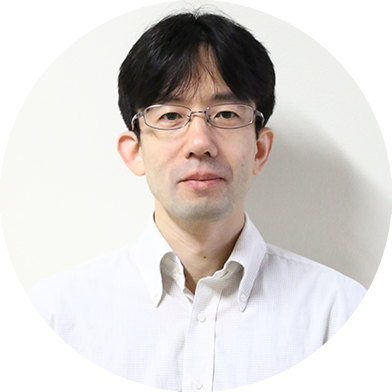
Takahide Yamaguchi
Interantional Center for Materials Nanoarchitectonics
Principal Researcher
Surface Quantum Phase Materials Group -
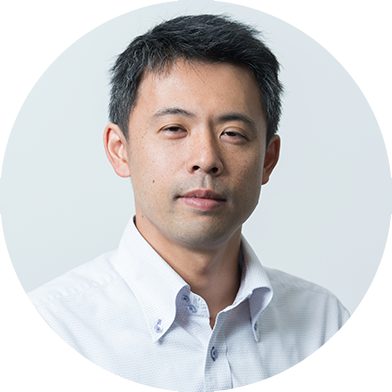
Ryoma Hayakawa
Interantional Center for Materials Nanoarchitectonics
Principal Researcher
Quantum Device Engineering Group -
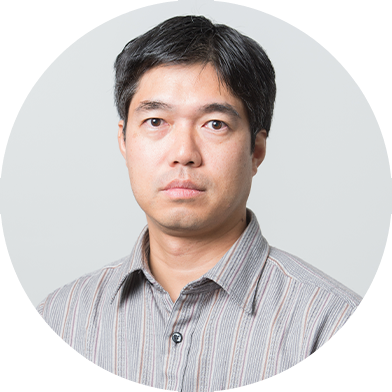
Shu Nakaharai
Interantional Center for Materials Nanoarchitectonics
Principal Researcher
Quantum Device Engineering Group -
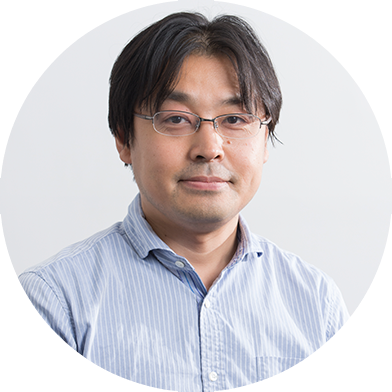
Yoshitaka Shingaya
Interantional Center for Materials Nanoarchitectonics
Senior Researcher
Quantum Device Engineering Group -
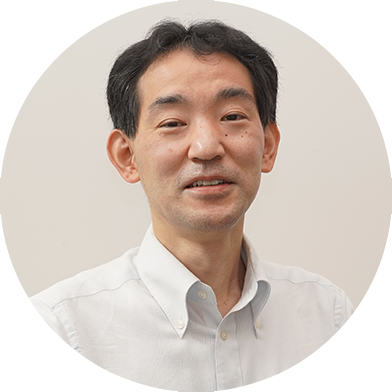
Hiroyuki Yamase
Interantional Center for Materials Nanoarchitectonics
Principal Researcher
Quantum Material-Properties Group -
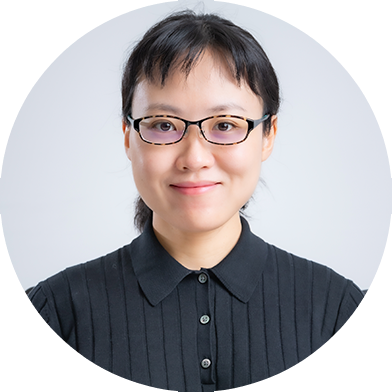
Xiao Deng
Interantional Center for Materials Nanoarchitectonics
Researcher
Electrochemical Nanobiotechnology Group -
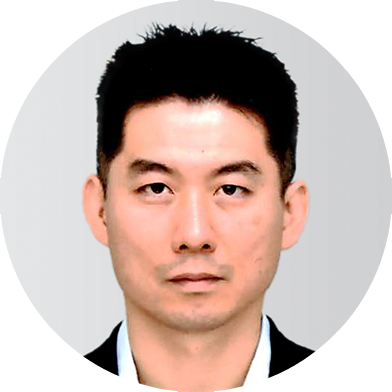
Ryo Kitaura
Interantional Center for Materials Nanoarchitectonics
Group Leader
2D Quantum Materials Group -
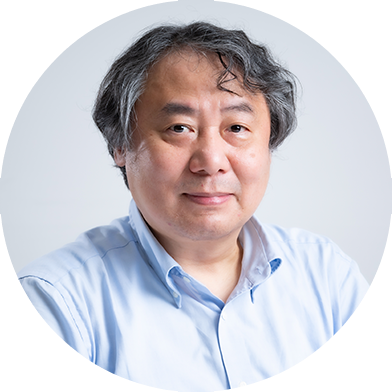
Kazuaki Kobayashi
Interantional Center for Materials Nanoarchitectonics
Principal Researcher
Computational Nanoscience Group -
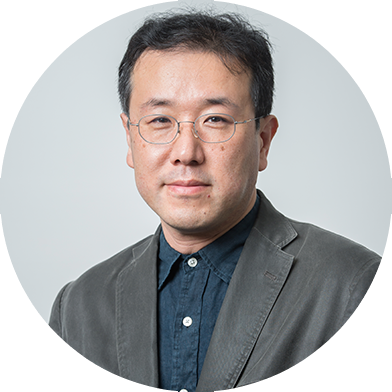
Akihiro Tanaka
Interantional Center for Materials Nanoarchitectonics
Group Leader
Emergent Materials Property Theory Group -
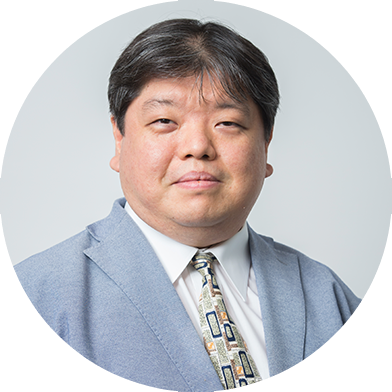
Yoshihiko Nonomura
Interantional Center for Materials Nanoarchitectonics
Principal Researcher
Emergent Materials Property Theory Group -
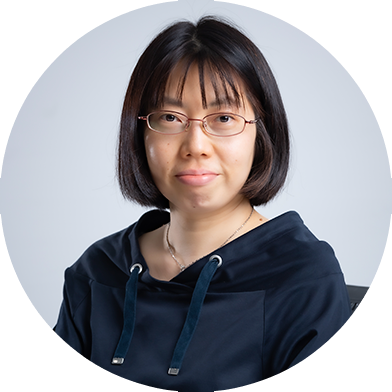
Ayako Nakata
Interantional Center for Materials Nanoarchitectonics
Principal Researcher
First-Principles Simulation Group -
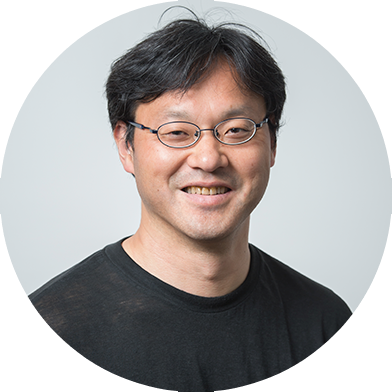
Jun Nara
Interantional Center for Materials Nanoarchitectonics
Principal Researcher
First-Principles Simulation Group -
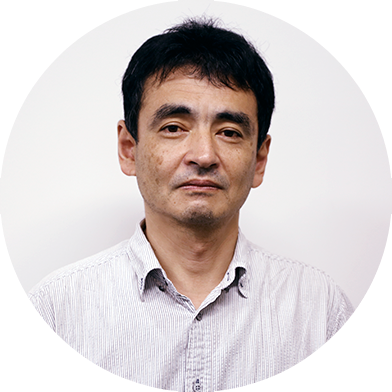
Hiroshi Mizoguchi
Interantional Center for Materials Nanoarchitectonics
Sub-Team Leader
Electro-Active Materials team -
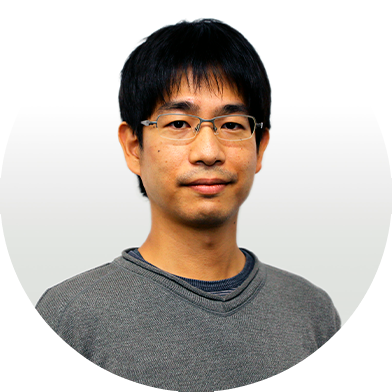
Takayuki Harada
Interantional Center for Materials Nanoarchitectonics
Independent Scientist
-
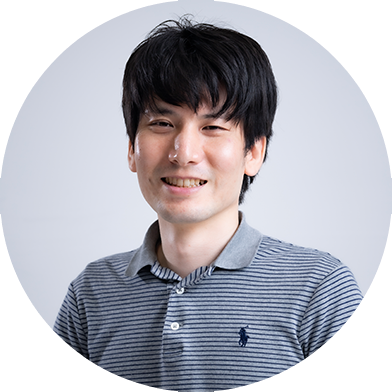
Gen Hayase
Interantional Center for Materials Nanoarchitectonics
Independent Scientist
-
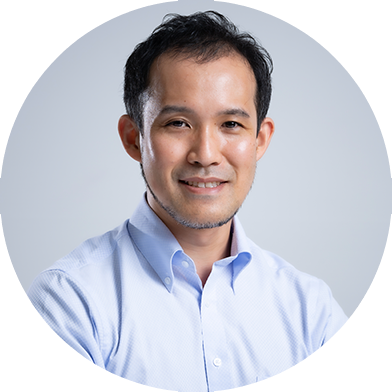
Gaku Imamura
Interantional Center for Materials Nanoarchitectonics
Independent Scientist
-
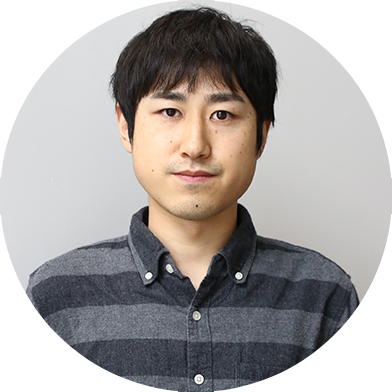
Takuya Iwasaki
Interantional Center for Materials Nanoarchitectonics
Independent Scientist
-
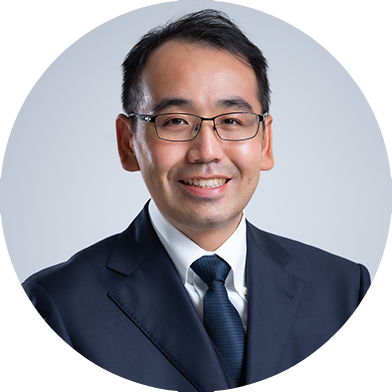
Michio Matsumoto
Interantional Center for Materials Nanoarchitectonics
Independent Scientist
-
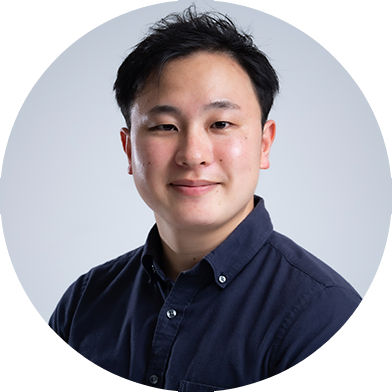
Mizuki Tenjimbayashi
Interantional Center for Materials Nanoarchitectonics
Independent Scientist
